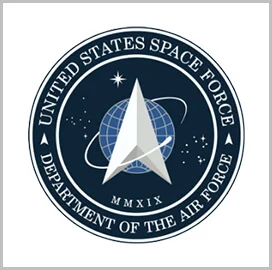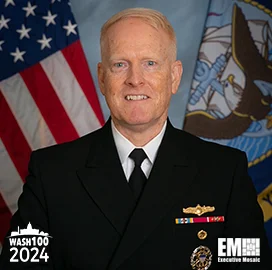The Department of Homeland Security is soliciting research and development proposals to identify and explore new technologies designed to prevent, mitigate and respond to nuclear, chemical, radiological and biological threats and incidents.
A notice posted Tuesday on SAM.gov states that the broad agency announcement is valued at $182.3 million and will remain open for five years until May 6, 2029, to support the DHS Countering Weapons of Mass Destruction Office’s mission to counter the use and proliferation of weapons of mass destruction.
DHS will request white papers or proposals to address specific areas of interest under the BAA.
Open AOIs may cover biological defense, chemical defense, radiological and nuclear and data analytics portfolios.
The BAA is restricted to R&D efforts under technology readiness levels 1 to 7, which refer to basic research to development, test and evaluation activities.















